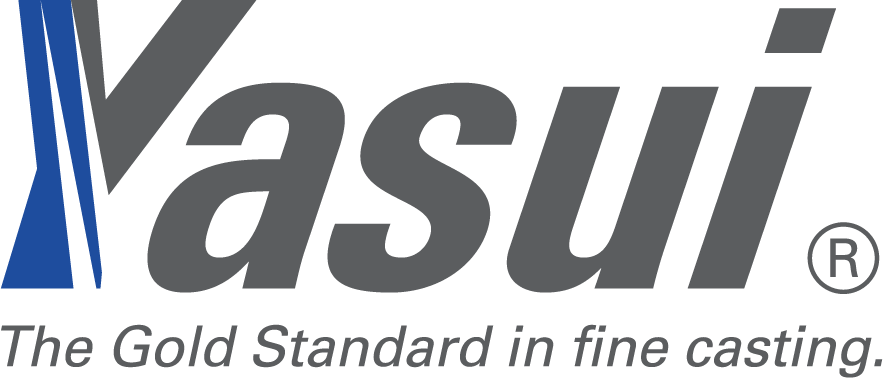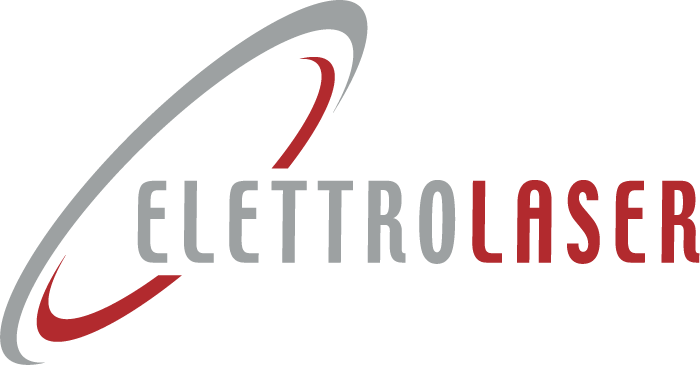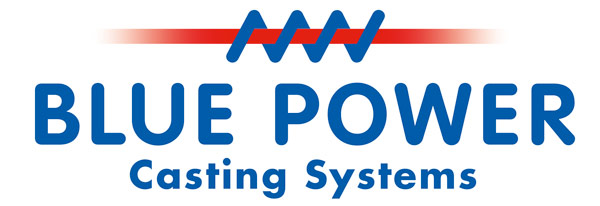
It seems as though Airbus is quickly becoming an industry example when it comes to the adoption of metal 3D printing. Over the past few weeks, they already have announced that they will be investing into 3D printing car specialists Local Motors and that they will use more 3D printing for interior aircraft parts, but they’re showing no signs of stopping. They have just announced that their subsidiary, the Varel, Germany-based AEROTEC will start production in their titanium 3D printing facility. That same AEROTEC will also partner with titanium metal 3D printing giant Norsk Titanium to set up a qualification process for aerospace parts 3D printed with their Rapid Plasma Deposition technique.
In short, a lot seems to be happening over at AEROTEC. For those of you who’ve never heard of the company, this Airbus subsidiary is one of the world’s leading suppliers of aircraft structures, and are specialists in producing metal and carbon fiber composite components. They also have sites all over Germany and one in Romania, and their Varel site in Lower Saxony will now thus start with high quality titanium 3D printing. In the near future, it is expected that AEROTEC will expand their 3D printing capacity.

As revealed, the technology was adopted for its cost and time saving abilities, its tool-less production and for particularly low levels of waste production. To enable the Varel hall to accommodate the technology, it was reportedly extensively modernized. It’s grand opening, on Wednesday, was attended by Brigitte Zypries, State Secretary at the Federal Ministry for Economic Affairs and Energy and coordinator of Germany’s aviation and space policies, Airbus Defence and Space Manager Pilar Albiac-Murillo and Airbus’s German CEO Klaus Richter.
So what will be produced in the hall in Varel? The first parts on the agenda are double-walled pipe elbows for the fuel system of the A400M military transport aircraft, which are expected to be delivered in March upon the completion of their legal controls. Until now, these complex components were made through individual castings, which were joined together via a welding process to form a final project. 3D printing obviously greatly enhances that production process by creating a single shape at a much lower cost – as it eliminates the need for a lot of hardware. According to reports, 3D printing enables AEROTEC to greatly speed up production while also saving costs. Three 3D printing facilities were reportedly installed in the hall in Varel, with another already in use and a fifth expected in May.



AEROTEC is very clear about the role they expect this technology will play in the near future. “We want to significantly promote the use of 3D printing technology in the aircraft industry,” said Dr. Thomas Ehm, the CEO of Premium AEROTEC. “This technology goes beyond the present limitations of the our production capacity. And where boundaries disappear, we must embrace our innovative strength to be able to use these freedoms as much as possible. We must already think ahead and benefit from the resulting opportunities and target across the entire value chain.”
According to the Varel site’s director Gerd Weber, metal 3D printing greatly expands the capacity of the factory, in all respects. “This will not replace our tried and tested methods, but it gives us a hardly inestimable potential. Especially in regards to the production time, to flexibility in production, or even the weight of components, we are pioneers and that is a huge privilege.” The Mayor of Varel, Gerd-Christian Wagner, went as far as calling this a production milestone. “You can be an example for many other industries,” he said.

It’s clear that AEROTEC and AIRBUS see 3D printing as both an opportunity and a challenge, as it can create entirely new supply chains. This shift in production policy doubtlessly also explains a whole different reason why AEROTEC reached headlines this week. They will also begin collaborating with titanium 3D printing specialists Norsk Titanium, who have recently been hailed as one of the most promising innovators of 2015.
As part of this collaboration, they will set up a qualification process for 3D printed titanium parts, and AEROTEC will use Titanium’s patented Rapid Plasma Deposition (RPD) 3D printing process for a number of parts. The first parts manufactured with that process were just sent to AEROTEC for final machining. The parts in question, Ti-6Al-4V sample parts were designed by AEOTEC and are currently being tested at the German site. The results will be used for developing that joint qualification program.

Both partners seem to be very pleased with this collaboration. “We ordered samples of two of our proprietary Airbus A350 XWB parts and were pleasantly surprised how quickly they arrived and how efficiently we were able to machine Norsk Titanium’s near-net-shape RPD™ components into finished test pieces,” said Dr. Joachim Schmidt, Head of Parts Production at Premium AEROTEC in VAREL. “This fast-track qualification program is a great example of the value proposition RPD™ brings to our commercial aerospace partners,” said Norsk Titanium Chief Commercial Officer Chet Fuller. “We turned AEROTEC’s 3D CATIA files into flyable titanium parts in a matter of weeks under a cost reduction effort that could ultimately save Airbus $2-$3 million per aircraft.” It thus seems that Airbus is fast-tracking the adoption of metal 3D printing and that 2016 will be a very interesting year for fans of aerospace manufacturing.
Source: Alec @ 3ders.org






